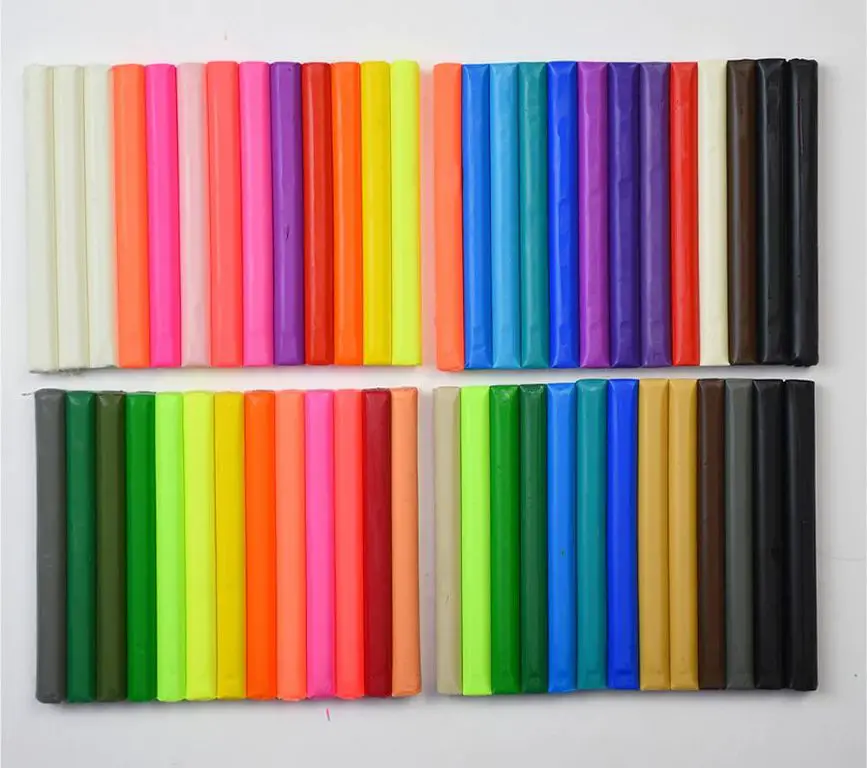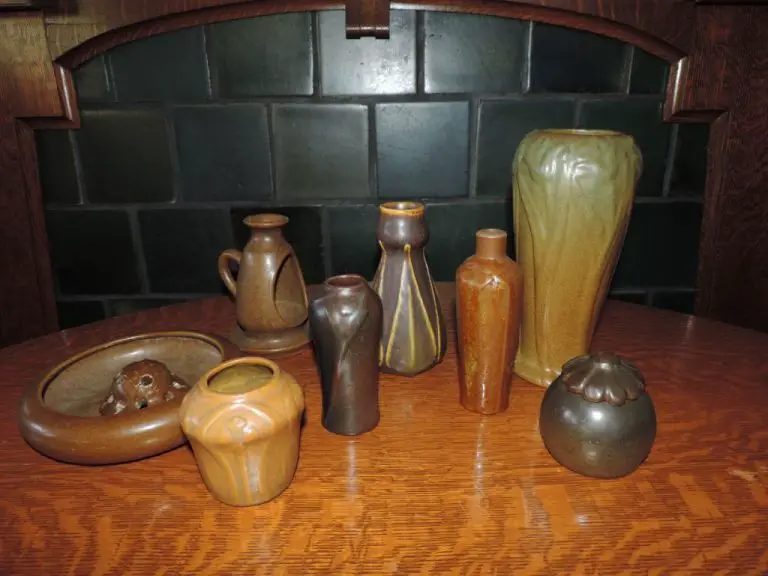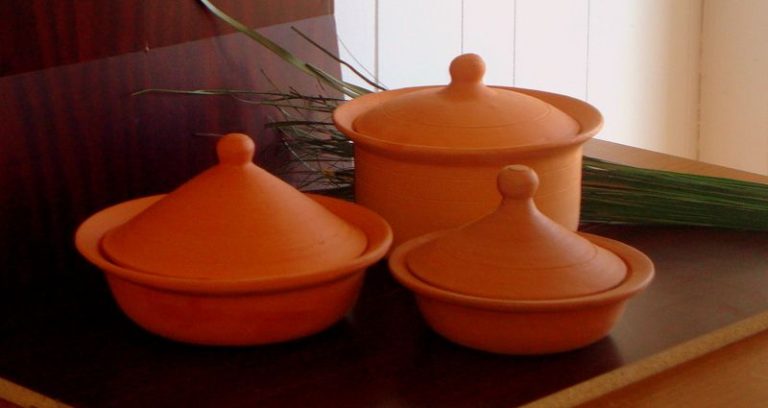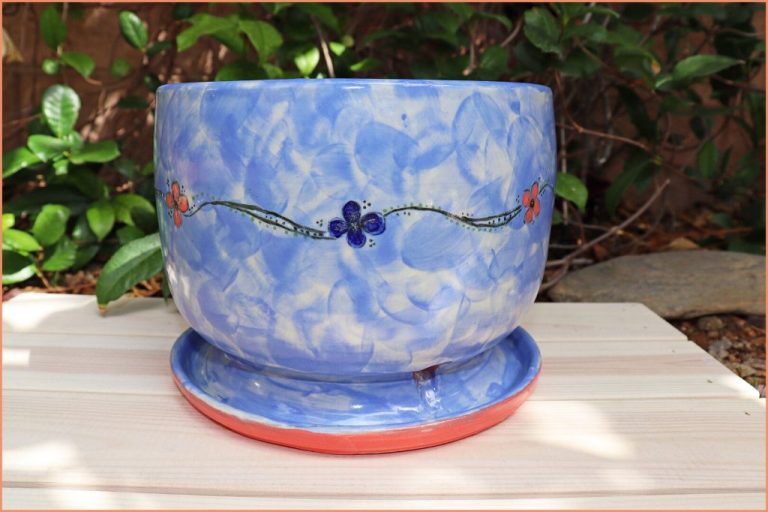What Is The Best Clay For Flower Pots?
The type of clay used for making flower pots is an important consideration, as it affects the pot’s drainage, weight, and aesthetics. Clay pots provide better drainage and air circulation to plant roots compared to plastic pots. However, the porosity and density of the clay determines how quickly the pot will dry out. Dense clays are heavier but retain more water, while porous clays are lighter but dry out faster. The clay composition and firing process also affects the pot’s final color, texture, and structural integrity. Selecting the right clay type allows gardeners to find the ideal balance of drainage, weight, and appearance for their needs.
Porosity
The porosity of the clay is an important factor when choosing the right material for flower pots. Porosity refers to the amount of tiny holes and empty spaces within the fired clay. According to one source, “Technically porosity is the amount of empty space in the structure of the fired clay that makes it capable of absorbing or distributing liquids.” (Source)
More porous clays allow for increased airflow and drainage. This is crucial for flower pots, as too much moisture can lead to root rot. Highly porous terracotta clay is ideal, as the numerous micro-pores provide excellent drainage and air circulation for healthy roots. Denser, less porous clays like stoneware tend to hold more water. For flowering plants that require well-draining soil, terracotta with high porosity is the best choice.
The porosity should be sufficient to prevent waterlogging, but not so excessive that the soil dries out too quickly. Finding the right balance results in an optimal growing environment. Test by pouring water into the pot – it should seep through but not instantly drain. With proper porosity, flower pots allow excess moisture to escape while still retaining some water in the soil.
Plasticity and Workability
One of the most important properties to consider when choosing a clay body for flower pots is its plasticity and workability. Plasticity refers to the clay’s ability to be molded and shaped without cracking or crumbling [1]. It is determined by the ratio of clay particles to water in the mixture, as well as the size and shape of the particles themselves [2].
A clay with good plasticity can be rolled, thrown, pressed, or handbuilt into the desired flower pot shape without excessive cracking or tearing. It will hold its shape once formed yet still be soft enough to make alterations. Highly plastic clays are moldable but not sticky. The finished pieces will have smooth surfaces free of cracks.
Less plastic clays can be prone to cracking and are more difficult to shape into smooth curves without tearing. Low plasticity also makes joining separate pieces together more challenging. For these reasons, it’s recommended to choose a clay body with moderate to high plasticity when selecting the material for building flower pots.
Firing Temperature
When choosing clay for flower pots, it’s important to consider the typical firing temperature range. Flower pots are generally made from earthenware or stoneware clays, which fire at lower temperatures. According to Soul Ceramics, earthenware clays fire at temperatures between 1752-2102°F (954-1149°C), while stoneware clays fire between 2102-2372°F (1149-1300°C).
On Reddit, one potter notes that flower pot clay packaging often recommends a firing range of cone 4 to cone 7, which corresponds to 1945-2232°F (1063-1220°C) [1]. This mid-range temperature is suitable for most flower pot glazes and allows the clay to become fully vitrified or non-porous. Firing at too low of a temperature can result in pots that absorb water and leak.
In summary, a typical firing temperature range for flower pot clay is 1945-2102°F (1063-1149°C). Choosing a clay and glaze formulated for this mid-range allows flower pots to be functional, durable, and water-resistant.
Appearance
The color and texture of the clay used for flower pots can have a big impact on the overall aesthetic. Clay comes in a wide range of natural earth tones like red, brown, terra cotta, and grey. The natural colors of clay can add organic, rustic appeal to a garden. Decorators sometimes choose flower pots to match or complement their plants. For example, terracotta pots pair nicely with bright green succulents. Polymer clay allows even more versatility with bright, saturated colors like blue, purple, and teal (Polymer Clay Pots and Vases). The surface texture of clay pots also affects appearance. A smooth, polished surface looks more modern and refined. A rough, irregular texture provides a natural, handcrafted look. Imperfections like small cracks and wrinkles can add charming character. Ultimately, the color and texture possibilities give flower pot makers ample aesthetic options.
Weight
The weight of clay is an important factor to consider when choosing the right material for flower pots. Density is what determines the weight of clay, and it can vary widely between different clay types and formulations. According to Precision Ceramics, the density of most ceramics falls between 2-6 g/cm3. Lighter clays generally have more porosity and air pockets, making them easier to work with and fire at lower temperatures, while heavier clays tend to be denser and more durable.

For large, heavy pots, a denser stoneware or porcelain is often the best choice, as the material will be sturdy enough to hold the weight of soil and plants without cracking or crumbling. Heavier clays like these are also less prone to getting knocked over. For smaller pots, a lightweight earthenware or terra cotta is usually suitable, reducing stress on plants’ roots as well as making the pots easier to lift and move around. According to Holst Porzellan, higher density porcelain has lower porosity and absorbs less water than low density earthenware, making it last longer in wet environments.
The needs of the specific plants must also be considered, as some require excellent drainage while others need to retain more moisture. The ideal clay for any application will strike the right balance of weight and porosity.
Major Clay Types
There are several common types of clay used for making flower pots, each with their own properties and characteristics:1
Earthenware: Earthenware clay is very porous and fragile when fired at lower temperatures, yet retains bright colors well. It’s easier to work with for beginners but requires a glaze to be waterproof. Earthenware pots are lightweight but can crack easily.
Stoneware: Stoneware clay is dense, durable, and less porous when fired at higher temperatures. It resists chipping and can be left unglazed, but is heavier and more difficult to work with. Stoneware is excellent for planters and pots outdoors.
Porcelain: Porcelain clay is refined and fired at very high temperatures, creating an impermeable, glass-like surface. It has a smooth white appearance but is difficult to work with and fragile until fired. Porcelain pots are attractive but prone to cracking.
Terracotta: Terracotta is an unglazed, natural earthenware made from red clay. It is porous yet sturdy and excellent for drainage. Terracotta pots have an earthy look but can crack over time when exposed to weather.
Blending Clays
Blending different types of clay can help achieve the ideal properties for flower pots. Each clay has its own characteristics, so combining them allows potters to capitalize on the benefits of each type.
For example, blending an earthenware clay known for its red color with a stoneware clay known for its strength can result in flower pots with a beautiful terra cotta red hue and increased durability. According to this source, adding a temper material like sand or grog in a 4:1 ratio of clay to temper improves workability and prevents cracking during drying and firing: (https://ancientpottery.how/tempering-pottery-clay/).
Some clays are very plastic but shrink a lot when drying. Mixing these with less plastic clays that have lower shrinkage can achieve a nice middle ground. The blended clay will be moldable for throwing on the wheel yet resist cracking and warping during drying and firing. Testing different clay ratios to find the right blend takes experimentation but can result in the ideal clay body recipe for strong, beautiful and functional flower pots.
Key Factors to Consider
When choosing the best clay for flower pots, there are several key factors to consider:
Porosity – The clay should have an ideal level of porosity to allow proper drainage while still retaining some moisture. More porous clays like terra cotta dry out quickly. Less porous clays like stoneware retain more moisture.
Plasticity and Workability – The clay needs to be plastic and workable enough to shape into the desired forms without cracking or becoming misshapen. Highly plastic clays are easier to throw on a pottery wheel.
Firing Temperature – Lower fire clays bisque at lower temperatures while higher fire clays require hotter kiln temperatures to vitrify and become waterproof. The intended firing temperature must align with the clay type.
Appearance – The color, texture, and finish qualities of the bare clay and when fired should match the desired aesthetic. Natural earthenware clays like terracotta have an organic look.
Weight – Dense stoneware clays are heavier while porous earthenware clays are lighter. The weight should suit the plant size and drainage needs.
These key factors will determine which clay body is best suited for making flower pots of the desired durability, drainage, appearance, and functionality.
Recommendations
Based on the factors discussed, here are some recommendations for the best all-around clays for flower pots:
For beginners, polymer clay is a good choice, according to this source. Polymer clay is easy to find, inexpensive, and can be baked at home to harden it. It comes in many colors and can be blended to create custom colors and patterns.
Earthenware clay is another good option, suggested by potters on this Reddit thread. Earthenware has good plasticity and fires at a lower temperature, making it easier to work with at home. It is porous but can be glazed to make it water resistant. Common types to look for are red and brown earthenware.
For more advanced potters with kiln access, higher fire stoneware and porcelain clays produce durable, sturdy pots. These are smoothed grained clays that can withstand weather fluctuations outdoors. Though they require higher firing temperatures than earthenware, their strength and water resistance make beautiful, functional pots.
Consider testing a few recommended clays to discover which suits your skill level and aesthetic preferences. Blending clays can also create the ideal plasticity, firing range, and texture for flower pots.



